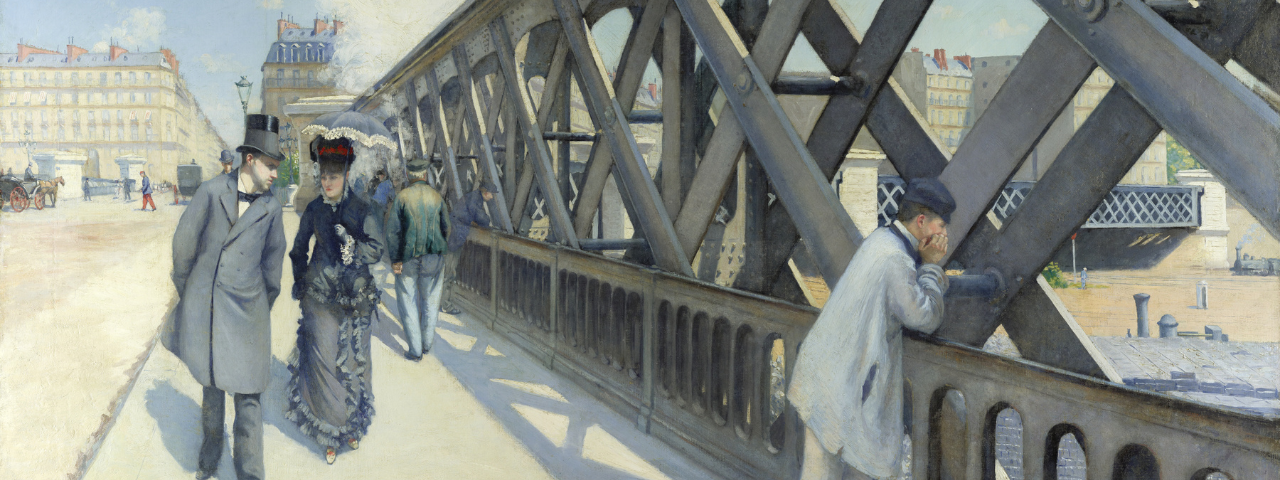Caumont-Centre d’Art presents, from November 7, 2025 to March 22, 2026, an exhibition bringing together a selection of works from the collection of Oscar Ghez (1905–1998), a Tunisian-born industrialist and passionate collector. Nearly 60 masterpieces from this collection, now housed at the Musée du Petit Palais in Geneva, which Oscar Ghez founded in 1968, will be displayed in a chronological and thematic itinerary tracing the evolution of French painting from the late 19th century to the avant-gardes of the 20th century.
Initiated in the 1950s, Oscar Ghez’s collection stands out for choices that ran counter to the tastes of his time. A visionary, he took an interest in artists who were little valued by the market of the period, and who would later become major figures in art history, such as Gustave Caillebotte, Frédéric Bazille, Marie Bracquemond, and Maximilien Luce. A great admirer of figures and portraits, he distanced himself from landscape painting, which then dominated Impressionist collections. He also gave a prominent place to women artists, who are widely represented in the exhibition.
In the opening sections of the itinerary, the Impressionists are highlighted, with a group of works by Caillebotte, including Le pont de l’Europe (1876). The exhibition continues with a section dedicated to Neo-Impressionism, featuring masterpieces by Henri Edmond Cross, Maximilien Luce, and Théo van Rysselberghe.
The next section focuses on two of Oscar Ghez’s favored artists: Félix Vallotton, including La toilette (1911), and Louis Valtat, masters of the figure and color, who illustrate a clear transition toward modernity. The exhibition also showcases the boldness of the Fauves, with works by Raoul Dufy and Henri Charles Manguin, including Nu au canapé bleu, Anita Chanpagne (1908), as well as decorative painting, with striking large formats by Paul Sérusier and Edouard Vuillard, reflecting the aesthetic ambition of the period. Finally, the last section presents the creative power of the avant-gardes of the École de Paris and Cubism: from liberated colors to powerful figures and portraits of women by Tamara de Lempicka, including Perspectives or Les deux amies (1923), Marie Laurencin, Suzanne Valadon with Nu au canapé rouge (1920), and Jeanne Hébuterne, embodying the vitality of the early 20th century. The Cubist section, featuring works by Picasso, including L’aubade (1965), brings this journey through art history to a close.
This exhibition, curated by Marina Ferretti, pays tribute to a unique collection shaped by an enlightened amateur who, with intuition and rigor, defied trends to reveal major artistic trajectories. A captivating journey through half a century of creation, guided by a free and discerning eye.

